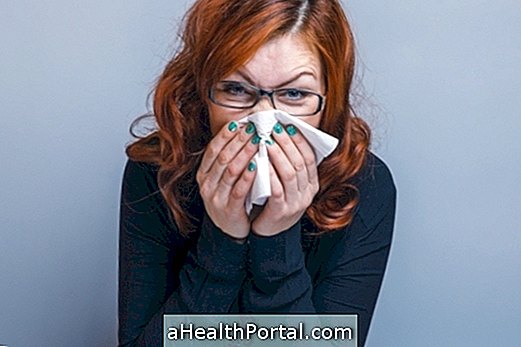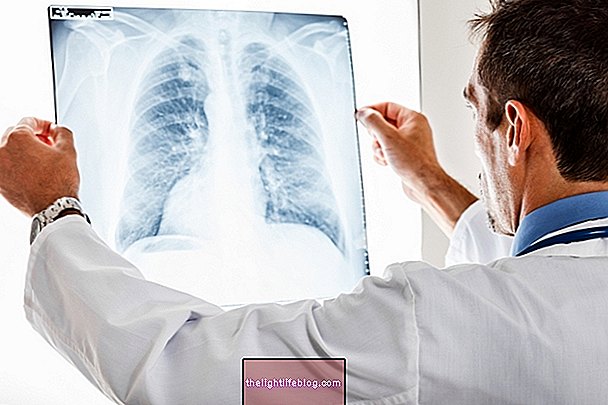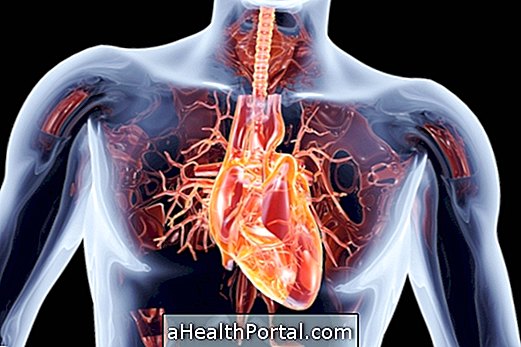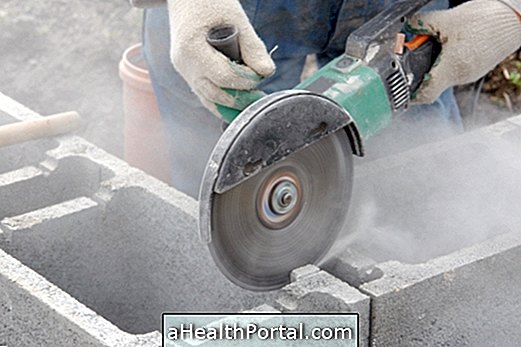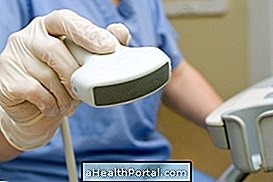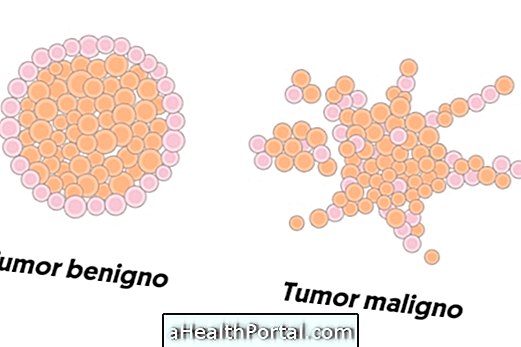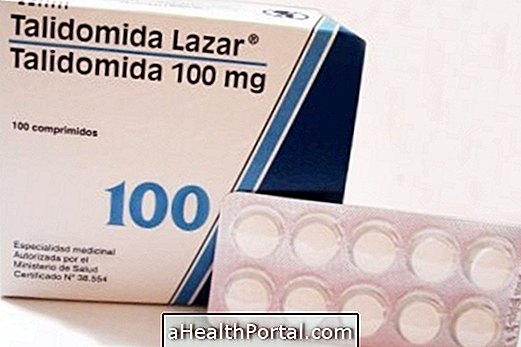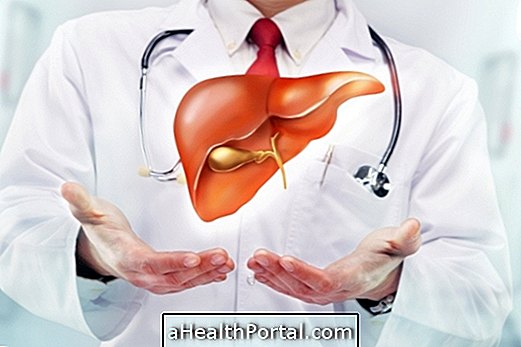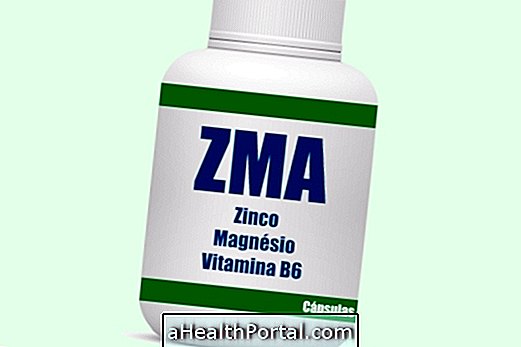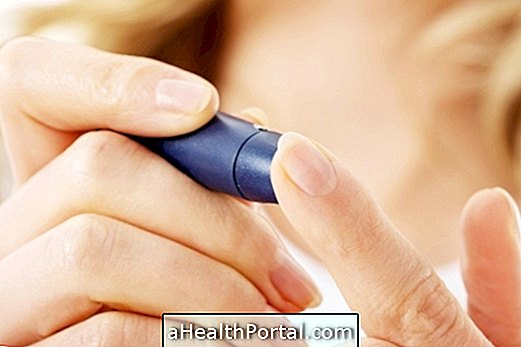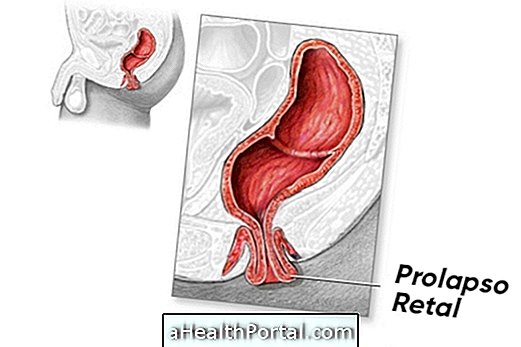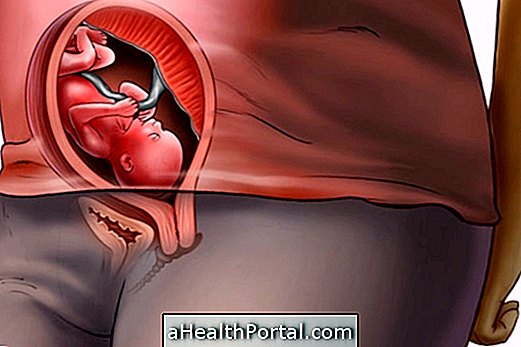Treatment should always be started in the hospital with the supervision of a pulmonologist, as it is necessary to identify if the pneumonia is being caused by bacteria or viruses, in order to adapt the treatment and facilitate the cure.
Generally, the easiest cases to treat are those caused by viruses, because the body is able to eliminate them naturally, without needing antibiotics. Thus, viral pneumonia is almost always less severe, and can be treated at home with basic care, such as resting or drinking lots of water. Learn more about the treatment of this type of penumonia.
But cases of bacterial pneumonia need to be treated with antibiotics because the body can not cure the disease alone, which facilitates its rapid worsening. In these cases it is common that you need to be admitted to the hospital to start using antibiotics directly into the vein before taking the treatment at home. See more about how bacterial pneumonia is treated.
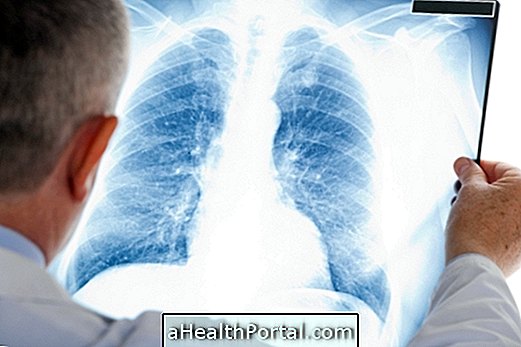
How is home treatment done?
At home it is very important to keep all indications, using all the medicines prescribed by the doctor. In addition, other care needs to be taken to accelerate treatment such as:
- Avoid leaving home during any treatment;
- Drink about 2 liters of water per day to avoid dehydration;
- Avoid using cough medicines without doctor's advice;
- Wear suitable clothes to the temperature, avoiding abrupt changes.
Pneumonia is not always contagious, but its transmission is more frequent in cases of viral pneumonia, even during treatment. Thus, patients should wear masks and avoid coughing or sneezing near other people, especially children, the elderly or patients with diseases that weaken the immune system such as lupus or HIV.
Treatment may take up to 21 days and during this time it is advised to go to the hospital only if symptoms worsen or do not improve after 5 to 7 days. See what to eat to cure pneumonia faster.
How is the hospital treatment done?
Treatment at the hospital is more common in cases of bacterial pneumonia, as the disease progresses very rapidly and may endanger the patient's life. It is therefore important to be hospitalized to receive medications directly into the vein and to maintain a constant assessment of all vital signs until the disease is controlled, which can take up to 3 weeks.
In addition, during hospitalization it may also be necessary to have an oxygen mask to decrease lung work and facilitate recovery.
In more severe cases, which are more frequent in the elderly, children or patients with autoimmune diseases, the disease can evolve greatly and prevent the lungs from functioning, and it is necessary to be admitted to an ICU to guarantee breathing with a ventilator, which is a machine which replaces the lung during treatment.
Signs of improvement
Signs of improvement include reduced difficulty in repelling, improved shortness of breath, and decreased fever. In addition, when there is a production of secretions, it is possible to observe the change in color that goes from greenish to yellow, whitish and finally transparent, until disappearing.
Signs of worsening
Signs of worsening are more frequent when treatment is not started soon or when the patient has an immune function, for example, and includes increased coughing with phlegm, presence of blood in the secretions, worsening of fever, and increased shortness of breath .
In these cases, it is usually necessary to be admitted to the hospital to begin treatment with medication directly into the vein, as they are more effective.
Here are some home remedies that can make it easier and complete the doctor's recommended treatment.
